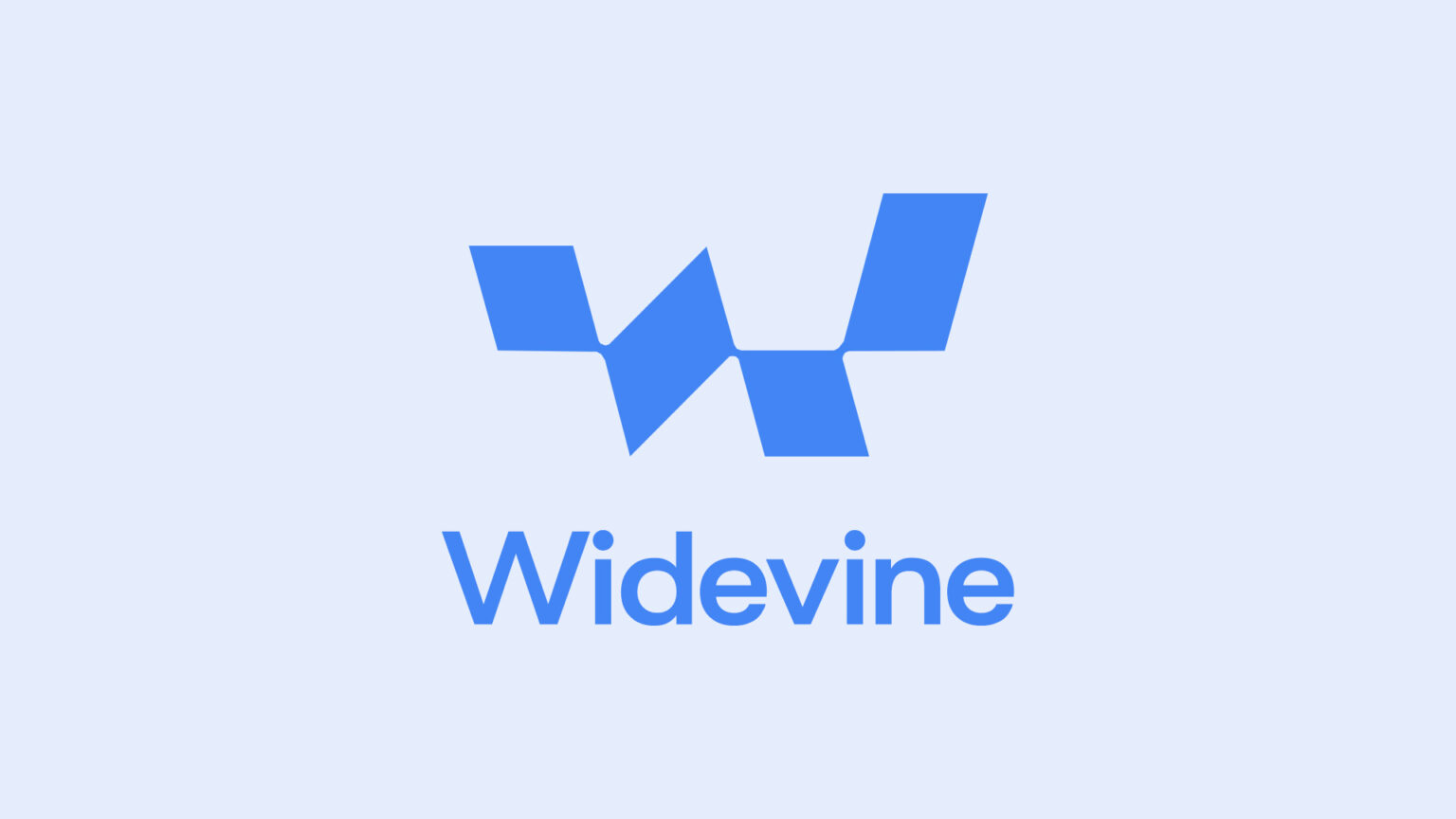Live video streaming has become an integral part of our entertainment and communication experience. Whether it’s watching your favourite sports game in real time, attending a virtual conference, or enjoying a live concert from the comfort of your home, streaming platforms deliver content with remarkable ease. However, the growing demand for high-quality live video streaming brings up a critical concern: how to protect content while ensuring a seamless viewing experience.
One of the leading technologies designed to safeguard video content during live streams is the Widevine Content Decryption Module (CDM). Developed by Google, Widevine CDM plays a pivotal role in securing premium content, ensuring that it can only be accessed by authorized users. In this blog, we’ll explore the key concepts behind live video streaming and how Widevine CDM contributes to both enhancing security and providing smooth playback.
The Rise of Live Video Streaming
Live video streaming is more popular than ever. It allows users to consume content in real-time, be it sports, events, news, or social media updates. The accessibility and immediacy of live streams have revolutionized how we engage with content. Moreover, streaming is no longer limited to entertainment; it’s now widely used in industries like education, business, and telemedicine.
Streaming a live event involves capturing the video, compressing it for efficient transmission, and delivering it to viewers over the internet in real time. However, with this convenience comes a set of challenges, such as ensuring that the stream is high-quality, has minimal lag, and, most importantly, is protected against piracy and unauthorized access.
The Need for Security in Live Video Streaming
While live video streaming offers immense potential, it also presents opportunities for piracy, unauthorized redistribution, and content theft. Protecting premium content is a top priority for content creators, broadcasters, and streaming platforms alike. Unauthorized sharing of live streams can result in significant revenue loss for companies, especially when it involves high-value content like sporting events or exclusive film releases.
To combat these challenges, video content providers and streaming platforms employ digital rights management (DRM) solutions. This is where Widevine CDM comes into play.
What is Widevine CDM?
Widevine Content Decryption Module (CDM) is a robust DRM system that protects video content from unauthorized access. Owned by Google, Widevine ensures secure delivery and playback of premium content by encrypting the video stream. It is widely used by major streaming platforms, including YouTube, Netflix, and Amazon Prime Video.
Widevine supports three levels of security—L3, L2, and L1—each providing varying levels of protection. The highest level, L1, is typically required for Ultra HD content, ensuring that the video can only be decoded in secure hardware environments, like the Trusted Execution Environment (TEE) of a device. This ensures that the content remains protected even if someone tries to tamper with the stream.
How Widevine CDM Enhances Live Video Streaming
When applied to live video streaming, Widevine CDM offers several crucial benefits that enhance the overall user experience and security:
- Content Protection and Piracy Prevention
One of the primary functions of Widevine CDM is to encrypt live video streams, making it nearly impossible for unauthorized users to access or distribute the content. By protecting the stream at a hardware level (L1), Widevine ensures that even if hackers gain access to the video data, they cannot decrypt it without proper authorization.
- Seamless User Experience
While security is a priority, user experience should never be compromised. Widevine CDM operates in the background, ensuring that live video streaming is uninterrupted and smooth for authorized viewers. The technology is designed to support adaptive bitrate streaming, which dynamically adjusts the video quality based on the viewer’s internet connection. This ensures that viewers enjoy a seamless experience without buffering or stuttering, even when network conditions fluctuate.
- Cross-Platform Support
Widevine CDM is supported across multiple devices and platforms, including smartphones, smart TVs, desktops, and gaming consoles. This cross-platform compatibility allows users to enjoy a secure live video stream regardless of the device they use. As more people consume live content on various devices, this flexibility is crucial for providing a consistent and secure streaming experience.
- Integration with Major Streaming Services
Widevine CDM has been integrated into some of the most popular streaming platforms globally, such as Netflix, Hulu, and Disney+. By employing Widevine, these services ensure that their live content is protected from piracy and unauthorized sharing. Additionally, this technology allows streaming platforms to meet the licensing requirements of content creators, further enabling access to high-quality, exclusive live streams.
Conclusion
As live video streaming continues to shape the way we consume content, security and user experience remain top priorities for streaming platforms. Widevine CDM stands out as a leading solution for securing live video streams while maintaining a seamless viewing experience. By encrypting content and offering robust protection mechanisms, Widevine CDM ensures that only authorized viewers can access premium live streams, keeping piracy and unauthorized distribution at bay.








